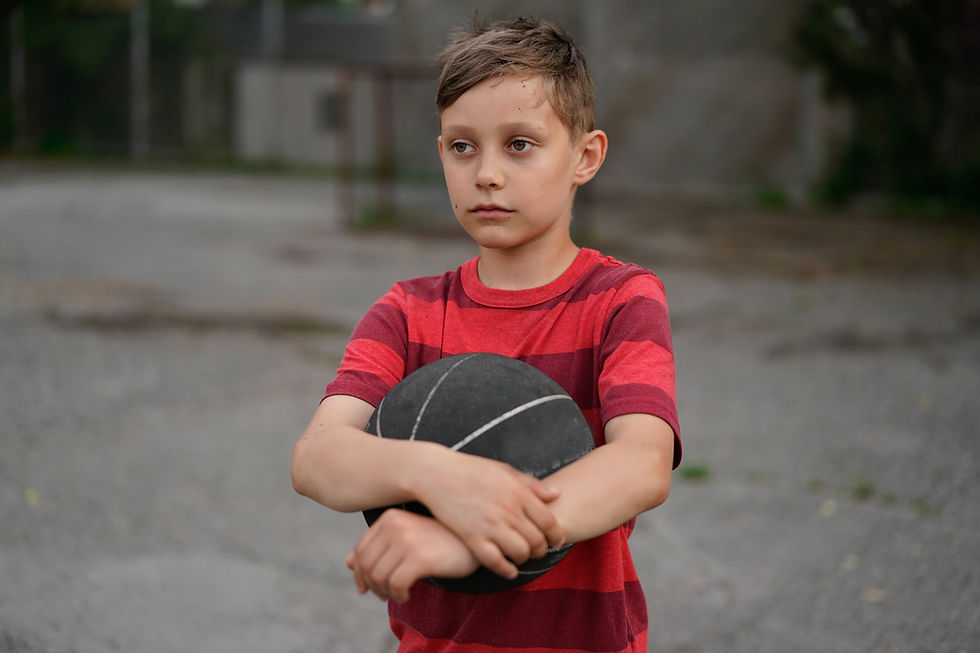SEL STANDARDS - INTERESTS, GOALS, AND THE FUTURE
- adinalisw

- Oct 26, 2021
- 2 min read
This blog will continue to explore effective ways to build students’ social-emotional intelligence and fulfill the SEL standards. We will start by exploring the second objective of the self-awareness competency – to “demonstrate awareness of personal interests and qualities”. This will lead into a discussion of ways to fulfill the second objective of the self-management competency – to “set, monitor, adapt, and evaluate goals to achieve success in school and life”.
First, it is helpful to reiterate to our students that they are capable of making the best possible choices, leading to their best possible futures – the achievement of success both personally and academically. Students can be reminded that the accumulation of the choices we make, intentionally or unintentionally, add up to the person one is and becomes.
While we can encourage students to use the knowledge and tools we have provided to consciously make socially-emotionally intelligent choices and become the best they can be, it takes awareness, strength, persistence and practice to do so. We can provide opportunities for that practice.
In order to help students rehearse choice-making, it helps if we give them options they can choose between. At the same time, we can help them explore their interests. We can first introduce a subject, providing content that we deem fundamental. We can then observe and encourage students to choose an area of interest related to that subject to explore further.
They can then be encouraged to choose from among acceptable ways to synthesize and share that information, such as in a rap, cartoon, or commercial. In addition to practicing choice-making and discovering personal interests, this opportunity encourages curiosity, builds retention, and affords students the opportunity to work with the kind of intelligence most natural to them.
We can build on this opportunity, leading students to goal-setting. Students can be helped to set a series of small achievable goals related to the synthesis and sharing of information gathered in their area of interest. They can be encouraged to notice and take pride in small gains they have made. As discussed in a previous blog, this ability is important for building perseverance and confidence.
You can provide opportunities for students to monitor and assess their own progress, and adapt the goals or methods of achieving their goals as they see fit. You can help them see the connection between goals set and accomplished now and their desired and imagined futures.
If we want students to set and follow through on goals leading to success, that success can be maximized if they are invested in those goals. That can best happen if they are able to determine their interests, desired futures and set goals related to them.
In addition to helping students set academic goals, you can help students set social-emotional goals as well. You can help them examine their strengths and the qualities they currently possess, and determine areas in which they want to improve. They can build and accomplish goals in areas ranging from managing emotions and building self-confidence, to fine-tuning social skills.
Supporting students’ agency provides a needed opportunity for them to learn about who they are, what is important to them, and how to live their present lives, working toward their desired futures. They can take their futures into their hands, shaping it with every choice the make.









Comments